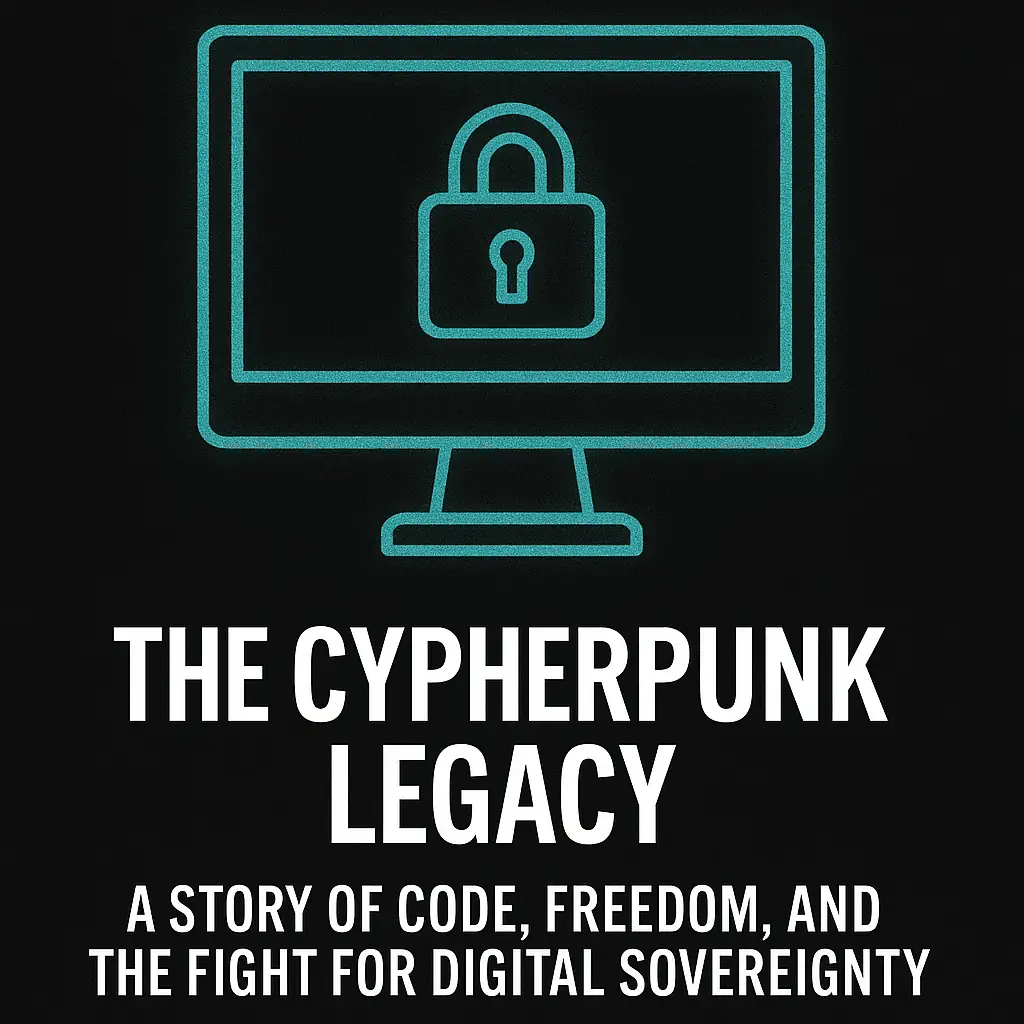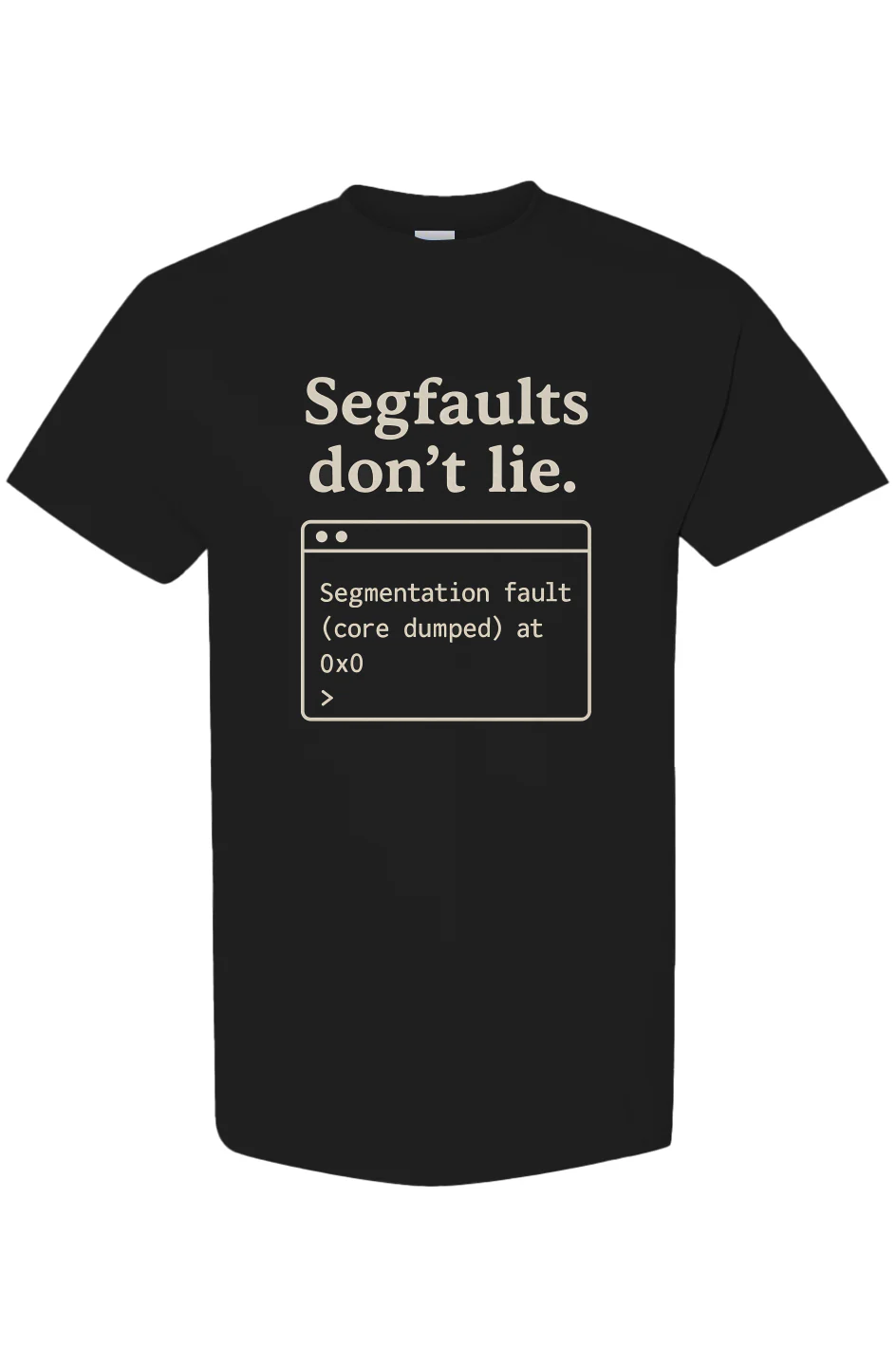Origins in the 1980s Counterculture
The term Cypherpunk might sound like science fiction, but its roots are deeply planted in the real-world counterculture of the 1980s and early 1990s. This era, marked by rising governmental surveillance and the growing power of corporations, gave rise to a group of thinkers, hackers, and activists who envisioned a digital world where individuals had control over their own data, identity, and communication. The cypherpunks saw cryptography not just as a mathematical tool but as a method for resistance and empowerment.
At the core of the cypherpunk movement lies the belief that privacy is a fundamental human right—and cryptography is the technological key to unlock it. By encrypting messages and building systems resistant to surveillance, early cypherpunks envisioned a world where people could interact freely without being watched or censored.
Some of the earliest and most influential voices in this movement include Phrack Magzine, a former Intel physicist Eric Hughes, free software movement pioneer Richard Stallman. These pioneers laid the intellectual and technical groundwork for many of the technologies we now associate with digital privacy: PGP encryption, Bitcoin, and the Tor network.
The Three Cypherpunk Manifestos
1. Eric Hughes: A Cypherpunk's Manifesto
2. Phrack: Hacker Manifesto
3. Richard Stallman: GNU Manifesto
Decentralization: A Sociological and Technical View
Sociology of Networks and Power Dynamics
From a sociological standpoint, decentralization is not just a technical concept—it’s a redistribution of power. Traditional systems—governments, banks, media—are centralized hierarchies, where decisions flow from the top down. Cypherpunks challenged this by asking: What happens when you flip the hierarchy and let individuals control their own data, identities, and actions?
In a decentralized network, every individual functions as a node—equal in value, sovereign in operation. These networks, inspired by peer-to-peer (P2P) interactions, reject gatekeepers and instead foster resilience, transparency, and freedom. This shift reflects a broader cultural movement toward digital autonomy, communal collaboration, and resistance to authority.
Distributed Ledger Technology and Peer-to-Peer Systems
Technically, decentralization is achieved through systems like blockchains and P2P protocols. A blockchain allows for the secure and verifiable recording of data without a central authority. Similarly, peer-to-peer systems enable users to connect directly with one another, without relying on intermediaries.
For example, protocols like BitTorrent or IPFS distribute content across a network of computers, minimizing the risk of censorship or data loss. In the Cypherpunk world, decentralization means robustness, a system that can’t be shut down by targeting a single point of failure.
Each Individual as a Node in a Digital Ecosystem
In this new paradigm, each person becomes a sovereign digital node. This isn't a metaphor—it's a design principle. Whether you're participating in a DAO (Decentralized Autonomous Organization), managing a Bitcoin wallet, or running a personal server, you are an autonomous actor in a complex network.
To fully realize this vision, however, each node (person) must also ensure their own security. Which brings us to a crucial requirement: Single-Node-Security.
The Imperative of Single-Node-Security
Why Device Ownership Matters in a Decentralized System
You can’t claim digital freedom if your devices and software are owned or controlled by third parties. That’s the paradox of many modern "decentralized" systems—they may use decentralized tech but operate on centralized platforms (e.g., hosting crypto wallets on cloud services).
Single-node-security insists that you must control your own hardware and keys. If your system can be remotely accessed, monitored, or bricked by someone else, you’re not sovereign. You're just a tenant in someone else's digital house.
Many individuals, unknowingly, trust cloud providers or centralized platforms with their most sensitive data. This dependency creates enormous risks: data breaches, censorship, surveillance, and even forced compliance with political agendas.
True decentralization mandates that the infrastructure is user-owned and user-operated. Tools like self-hosted servers, air-gapped wallets, and FOSS (Free and Open Source Software) are vital for protecting one’s digital self in this environment.
Despite decades of development, Cypherpunk is often mischaracterized. It is not about chaos, crime, or anarchy—it is about voluntary association, privacy, and choice. Many people equate encryption with secrecy or criminal behavior. But in reality, encryption is consent-based communication—it means you choose who gets access.
Elon Musk, while championing decentralization in some contexts (like cryptocurrency), has also contributed to confusion by mixing profit-driven motives with Cypherpunk ideals. Cypherpunk doesn’t prioritize market dominance; it prioritizes freedom, transparency, and ethical resistance.
This dilution of purpose highlights a growing issue—mainstream distortion of radical ideals for commercial gain.
With the rise of artificial intelligence and generative models, the internet faces a new challenge: verifiable truth. AI-generated images, fake news, deepfakes, and automated propaganda threaten to overwhelm the signal with noise.
In such an environment, cryptographic verification becomes essential. If a message or image cannot be verified as authentic and from a trusted source, then it’s effectively meaningless in the age of misinformation.
Importance of Complexity Theory and Cryptographic Resilience
To counter this, individuals must understand and adopt principles from complexity theory and information science. Decentralized systems, fortified with robust encryption and redundancy, are capable of maintaining integrity under attack.
That’s why understanding public-key infrastructure, zero-knowledge proofs, and blockchain consensus mechanisms isn’t just for experts—it's increasingly necessary for everyday digital citizens.
Understanding Single-Node Security: Building Sovereignty from the Silicon Up
In the Cypherpunk vision of decentralization, every individual is a node. But for that to work, each node must be secure—not just conceptually, but at every layer of the digital stack. This is what we call Single-Node Security: securing a computing device from boot to runtime, ensuring that no layer can be hijacked, manipulated, or surveilled by external actors.
Let’s break down the key components that define a truly secure single-node setup.
Bootflow: The Foundation of Trust
Security begins before the operating system even loads. The boot process must be transparent, verifiable, and minimal in terms of attack surface.
1. Internal ROM (BL1): Immutable Root of Trust
Both x86 and ARM64 architectures begin with an internal ROM phase, often known as BL1.
This phase is immutable and burned into silicon, forming the unchangeable foundation of the trust chain.
If compromised at this level, no software-level remediation is possible—hence why chip selection is critical.
2. Hardware & DRAM Initialization: The Hidden Danger
On x86, this occurs during PEI/ROMstage; on ARM64, it's handled by BL2, usually from the Board Support Package (BSP) vendor.
These stages are almost universally binary blobs with low transparency, preventing full audits or user control.
Supply chain attacks can be introduced here, meaning the device is already compromised before your OS even boots.
3. Security Payload: Customizing Boot Logic
On x86, tools like VaultBoot, Heads, or LinuxBoot offer verified boot flows with custom policies.
On ARM64, this equates to BL31 (TF-A) and BL32 (OP-TEE)—security-focused payloads responsible for executing trusted components.
Choosing and auditing these components is essential to achieving verifiable boot paths.
4. Linux Kernel and init: The User's Control Point
Once the kernel loads, the init system (e.g., systemd) takes over.
From this point, users regain significant control, but only if earlier stages are uncompromised.
Runtime Hardening: Defending While Operating
Once the system is running, a number of techniques can ensure operational security and resistance to exploitation.
1. Linux Security Baseline
Basic configuration of SSH, PAM, login policies, and user isolation is essential to establish a hardened baseline.
2. Sandboxing for Application Isolation
For untrusted or internet-facing applications, use sandboxing tools:
- seccomp-based solutions like Firejail or Minijail
- Library-level sandboxing for critical apps in sensitive environments
3. MAC: Mandatory Access Control
Tools like SELinux or AppArmor enforce strict access rules, making lateral movement or privilege escalation harder.
4. Kernel Hardening Techniques
Using tools like kernel-hardening-checker, users can assess and tailor kernel options based on use cases. Advanced mitigations include:
- PaX/GRsecurity
- VED (Verified Executable Domains)
- AKO (Additional Kernel Observer)
- LKRG (Linux Kernel Runtime Guard)
For air-gapped or cold-storage environments, these become even more critical—ensuring cryptographic keys cannot be extracted or tampered with under any circumstances.
Supply Chain Vigilance: Trust, But Verify
Even the most secure stack can be rendered meaningless if malicious components are introduced in the supply chain.
1. Rigorous Review of Tier-1 Vendors
If you're sourcing BSPs or SoCs, demand full transparency.
Audit bootloaders, firmware, and supporting drivers for suspicious behavior.
2. Backdoor Auditing
Take backdoor threats seriously. A TEE backdoor was found in an ECU project. Trusted Execution Environments (TEEs), while marketed as secure, can become blind spots without serious auditing.
3. Threat Modeling for Exploits
Perform exploitation-based threat modeling to discover vulnerabilities that theoretical models might miss.
Especially in environments where non-upstream kernel patches or proprietary TEE stacks are common.
4. Attack Surface Awareness
Know your attack surfaces:
- ARM SoC TEE’s memory isolation
- Unsigned or unauditable boot stages
- Network-exposed BMCs or IPMI interfaces
Single-Node Security isn’t just a technical aspiration—it’s a precondition for true decentralization. If your system is compromised at any point in the boot or runtime stack, you are no longer a sovereign node. You're part of someone else’s network.
In the Cypherpunk ethos, you don’t trust. You verify. And that verification must extend all the way down—from your application stack to your silicon.
Essential Books Must Read:
- The Age of Surveillance Capitalism (Amazon affiliated)
- Designing Freedom (Amazon affiliated)
- The Cathedral and Bazaar (Amazon affiliated)
- Information doesn't want to be free (Amazon affiliated)
- The Sovereign Individual (Amazon affiliated)
- Crypto Anarchy, Cyberstates, and Pirate Utopias (Amazon affiliated)
Strongly recommended:
The Hacker Ethic and the Spirit of the Information Age by Pekka Himanen and Linus Torvalds
Amazon affiliated but it's not guaranteed to buy it from Amazon. It's worth for you to find it somewhere anyway.



